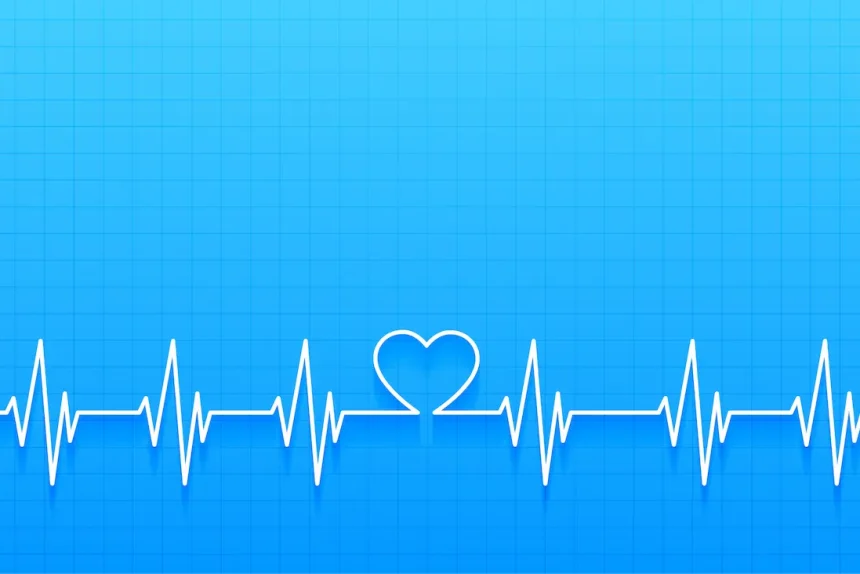The Metabolic Equivalent of Task, or MET level, is a crucial metric in cardiac rehabilitation, helping patients who have had heart attacks or heart surgeries to regain their health without overexerting themselves. MET levels guide activity levels to match what a patient’s heart can handle safely.
Understanding the MET Levels Chart in Cardiac Rehab
The MET levels chart is a vital tool in cardiac rehabilitation programs. It helps determine the intensity of activities suitable for patients, ensuring they do not exceed safe thresholds. Here are the phases:
1. MET Levels Classification
- Class I: No physical limitations; MET level 4.5 and over.
- Class II: Slight limitations; MET level up to 4.5.
- Class III: Significant limitations; MET level up to 3.0.
- Class IV: Unable to tolerate physical activity; MET level up to 1.5.
MET Levels in Occupational Therapy
Occupational therapists use met levels to design effective rehabilitation programs. Each stage of activity during rehab is aligned with specific MET levels to ensure patient safety and optimize recovery.
Stages of Activity Using MET Scale
- Stage I: MET 1.0 – 1.4, focus on sitting activities, light exercises.
- Stage II: MET 1.4 – 2.0, introduce sitting self-care tasks and crafting.
- Stage III: MET 2.0 – 3.0, light housekeeping and social/recreational sitting activities.
- Stage IV: MET 3.0 – 3.5, start standing exercises and light household chores.
- Stage V: MET 3.5 – 4.0, increase exercise intensity and try light sports.
- Stage VI: MET 4.0 and above, introduces more demanding tasks and varied recreational activities.
Using the MET Score in Cardiac Assessments
MET score assessments are not only vital for rehabilitation but are also an essential part of pre-activity screening to ensure safety and monitor progress effectively. Here’s how they integrate into cardiac rehabilitation phases:
Phases of Cardiac Rehabilitation
- Phase I: (Begins at MET 1-2) Focus on education and light activities under close medical supervision.
- Phase II: (Begins at MET 3.5) Outpatient rehab with gradual increase in activity and monitored weight training.
- Phase III: (Begins at MET 5-6) Community-based programs focusing on maintaining health gains.
Monitor Progress with MET Levels
Using MET levels, patients and therapists can establish a clear, step-by-step plan for recovery. Factors such as heart rate, blood pressure, and perceived exertion, often gauged using the Borg Scale, help in creating a balanced therapy culture.
Want detailed practice tips to ace the NBCOT® exam? Join now for full access!
What are MET levels and why are they important in cardiac rehabilitation?
MET levels, or Metabolic Equivalent of Task, are critical metrics in cardiac rehabilitation. They help determine the intensity of activities a patient can safely perform post-heart attack or surgery, ensuring that exercise regimens are tailored to individual needs without overexerting the heart.
How do MET levels guide activity in occupational therapy?
In occupational therapy, MET levels are used to design rehabilitation programs that align with a patient’s progress. Each activity stage correlates with a specific MET level to promote recovery while ensuring patient safety.
What is the MET level classification in cardiac rehabilitation?
Cardiac rehabilitation uses a MET level classification to gauge activity tolerance. Class I has no physical limitations; Class II has slight limitations; Class III experiences significant limitations; and Class IV cannot tolerate physical activity.
What are the phases of cardiac rehabilitation using MET scores?
Cardiac rehabilitation is divided into phases based on MET scores: Phase I focuses on education and light activities, Phase II involves outpatient rehab and gradual activity increase, and Phase III emphasizes community-based programs to maintain health improvements.
How can MET levels be used to monitor progress in cardiac rehabilitation?
MET levels help patients and therapists establish a step-by-step recovery plan. Monitoring factors like heart rate and perceived exertion ensures that therapy balances exertion and recuperation, facilitating a safe and effective recovery process.



